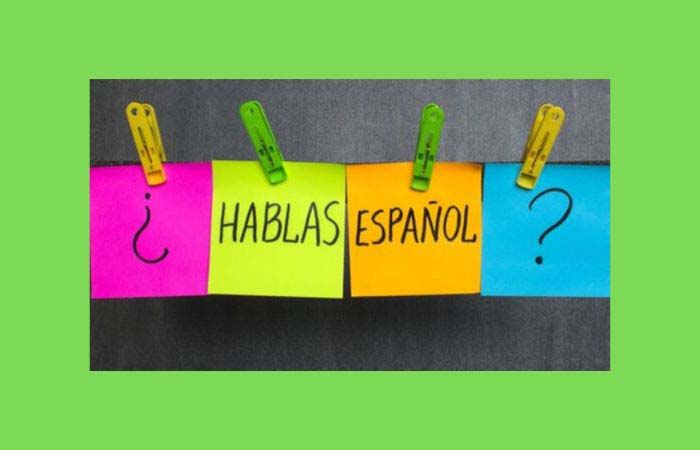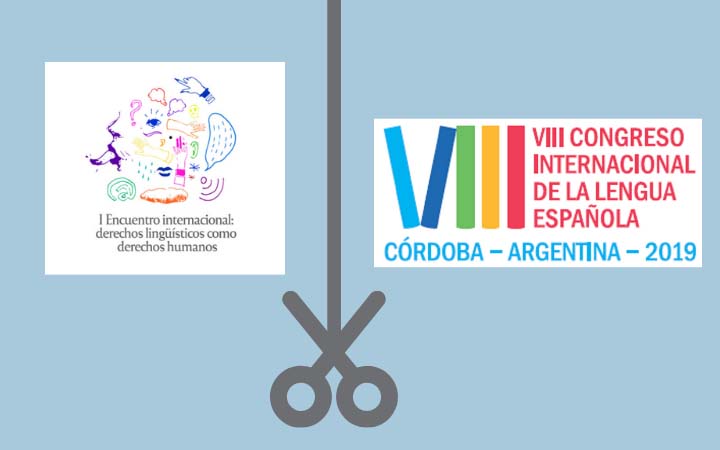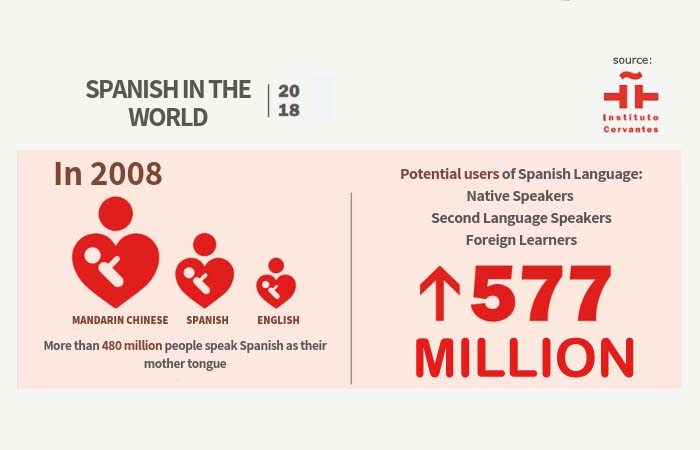Among the most fascinating topics in linguistics is how the language we speak influences our personalities. This is known as linguistic relativity or the Sapir-Whorf hypothesis. It weaves into our actions in subtle ways, from how we may envision an imagined object to look, our outlook on life, and how we handle stress.
One potential example of this phenomenon is what is known in the US as the Hispanic paradox, whereby Hispanics have higher levels of deprivation and health problems than the general population, but they live longer. So why is this the case?
Is the Spanish Language Itself Responsible?
A professor from the University of Miami hypothesized in April 2022 that this paradox could potentially be due to the impact of the Spanish language itself, suggesting that the Spanish language’s ability to easily take on suffixes, the distinction between permanent and temporary states in ser and estar (both translated as ‘to be’ in English), generally more optimistic vocabulary, and the more prominent nature of the subjunctive subtly influence the mentality of Spanish speakers. This could reduce the stress experienced by Spanish speakers, thus increasing their lifespan.
The paradox may also be influenced by cultural factors like diet while the phenomenon seems to refer to mainly Hispanics in the United States, where not all Hispanic Americans can necessarily speak Spanish, and does not reflect the position of Spanish-speaking countries such as Spain or Mexico. Spanish may not be the first language of some Hispanic Americans and this does not seem to reflect those who speak Spanish as a second language, be they Hispanic or not.
There may be other factors at play in the Hispanic paradox, such as the healthy migrant hypothesis (whereby healthier people are more likely to migrate) and the salmon bias (whereby older Hispanic Americans move out of the United States, leading to statistical anomalies).
Learning Spanish is nonetheless good for your health as speaking a second language is good for the brain and helps with cognitive function. The Hispanic paradox is nevertheless intriguing in relation to exploring the link between language and lifestyle and could indeed be taken as evidence that the Spanish language has health benefits. However, it should be noted that in the United States, Hispanic Americans tend to have more health problems than the general population so while they may live longer, this may not necessarily be equated with health.
Language and Lifestyle
Linguistic relativity, referenced in the film Arrival and the novel 1984, theorizes that the languages we speak influence our brains. Gender in language is a good example of this; in German, a bridge is feminine, while it is masculine in Spanish, potentially leading to a German speaker and a Spanish speaker having a different vague idea of what a bridge is.
Language can influence how we think of all manner of concepts, as evidenced by the Kuuk Thaayorre language. Speakers of this indigenous Australian language refer to directions by absolute cardinal directions rather than vague ‘left’, ‘right’, and ‘straight ahead’ in English.
This results in speakers of the language being able to accurately determine the direction they are facing and leads to them having a different concept of time. When asked to place objects in temporal order, speakers of languages such as English typically place them from left to right, but Kuuk Thaayorre speakers place them from east to west (perhaps following the path of the sun), regardless of the direction they are facing.
Considering this, it is likely that there are differences in how Spanish speakers act due to the language they speak, which may contribute to their response to stress and consequently lead to them living longer.
Ultimately, it is impossible to say for certain and there are likely several factors contributing to the Hispanic paradox, but the influence of linguistic relativity is certainly an interesting hypothesis.












